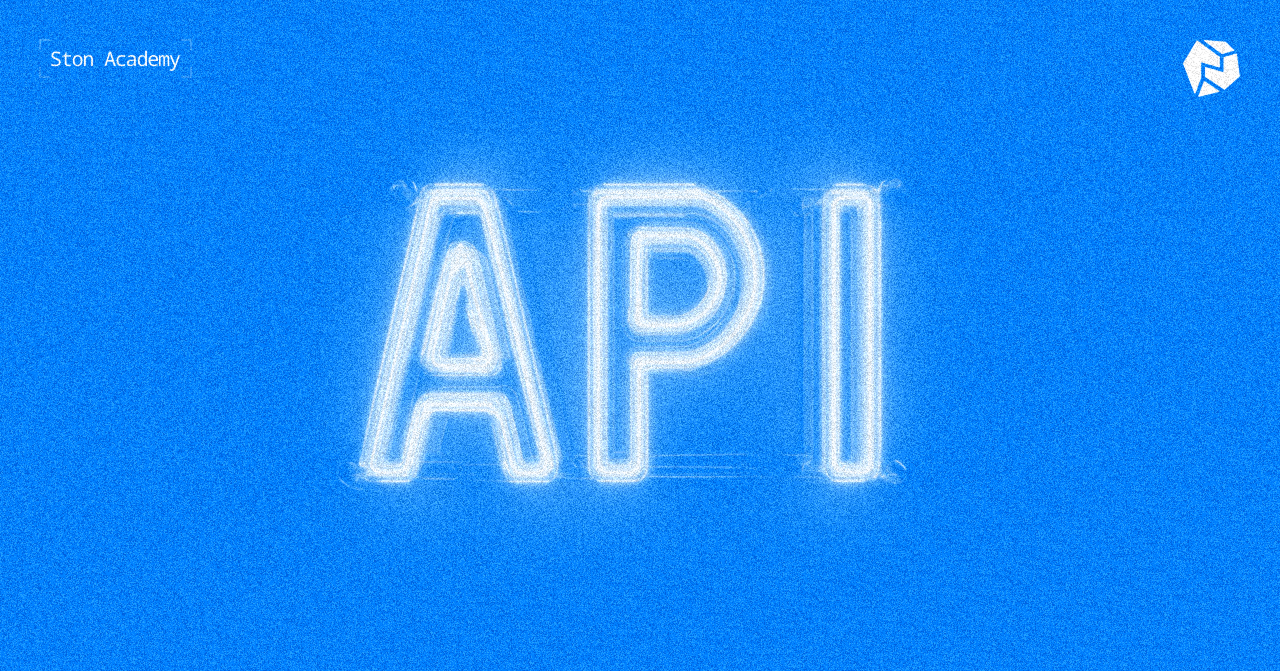
Imagine swapping tokens across the TON blockchain from a tiny Python script. No deep blockchain setup, no heavy infra — a clean, automated swap on your command. That’s the point: Omniston plus Python brings TON swaps to any backend or script, not just web UIs.
Before → after: what changes with Omniston
🚗 Before: building a DeFi app that always picks a great route often meant integrating several DEX APIs, reconciling quirks, and living with the nagging worry that a better price sits on an exchange you didn’t wire up. Integrations sprawl, maintenance grows, and users sometimes get sub-optimal paths.
🚀 After: one integration unifies TON liquidity across connected venues and returns an optimal route for each swap. As the aggregator adds sources, your app benefits automatically, without new adapters or one-off glue code. You focus on product, while routing and pricing leverage the broader TON market in the background. In practice, this reduces adapters and maintenance while improving route quality behind the scenes.
Why this matters specifically on TON
TON keeps fees low and confirmations quick, which makes frequent, small, automated swaps practical. Combined with aggregated routing, this means your bots, services, and scripts can operate predictably even as volumes shift. The result is a smoother experience for users and fewer edge cases for your team.
Where most start today (web/React)
Most demos you’ve seen are web-centric: drop a swap widget into a React app, wire wallet connect, and ship a polished front end UI. That path uses an official React SDK, which exposes Omniston methods as hooks with retries and error handling, making UI work fast and predictable. Under the hood, it all talks to the same WebSocket interface.
The key idea: Omniston isn’t browser-bound
Because the core protocol is exposed via a WebSocket interface (with gRPC options), any environment that can speak those protocols can use it — backend services, cron jobs, or a Python script on your server. The official Python Quickstart shows the same “quote → build and sign → submit” flow from the terminal, mapping neatly to bots, CLIs, and microservices.
The conceptual flow
- Request a quote over WebSocket. Your client specifies the pair and amount; Omniston responds with the route and execution data you’ll need.
- Build and sign locally. Use your wallet logic to construct and sign the swap message; keys never leave your environment.
- Submit and confirm via a TON HTTP endpoint. Broadcast the signed message and wait for inclusion; an API key with your provider improves reliability.
That’s the same logic the React guide follows — only wrapped in SDK conveniences on the front end.
Benefits for Python-first teams
⚡ Headless by design. Your swap logic can run in a daemon, a container, or a CI job — no browser flows, no pop-ups. That makes it ideal for unattended tasks like rebalancing or scheduled operations.
⚡ Single integration, evolving coverage. You write to one interface while the aggregator continues to add or optimize liquidity sources. Your app keeps up without new connectors or one-off patches.
⚡ Reuse everywhere. The same flow powers a CLI for operators, a Telegram bot that executes on Confirm, and a small internal service that other systems call for “swap-as-a-service.” This reduces surface area and keeps your reliability playbook consistent.
⚡ Operational control. You own key storage, rate limits, retries, and observability. The Quickstart gives you the primitives; you plug them into your deployment standards.
Builder patterns you can ship quickly
- CLI helper for operators. Print a quote, wait for Confirm, submit, and return a transaction hash or explorer link. It’s a quick way to expose aggregated routing to operators and power users.
- Cron rebalancer or rules engine. Watch thresholds and weights on a schedule. When a condition triggers, fetch a fresh quote, enforce slippage, and submit. TON’s low fees make small, frequent adjustments viable.
- Telegram bot. Users message “Swap X → Y.” The bot replies with a quote and executes on Confirm, then posts the hash. Add per-chat limits, logging, and basic abuse controls.
- Swap microservice. Expose a REST endpoint that accepts a swap intent, runs the Omniston flow, and returns a result. Keep quotas and auth upstream, and treat idempotency as a first-class requirement.
- Analytics and research. Log quotes, realized outputs, and chosen routes. Over time you’ll see slippage patterns, route quality, and liquidity depth, and you can alert on anomalies.
Reliability and safety: what to watch
- Guardrails. Validate the expected output against your slippage bound and enforce a strict deadline. Quotes are time-sensitive; if it’s stale, re-quote and try again. The Python Quickstart models this lifecycle clearly.
- Key handling. Keep mnemonics out of code and logs and segregate hot vs cold wallets for automation. Your signing happens locally; treat that boundary with care.
- Idempotency and retries. Use idempotency keys so a network blip doesn’t double-send. Reconnect the WebSocket with backoff and retry HTTP calls on transient errors. These are straightforward additions on top of the Quickstart’s structure.
- RPC hygiene. Use a provider API key and plan for failover between endpoints. Toncenter documents rate-limit behavior and provides hosted access; you can also run your own instance if needed.
- Observability. Track quote latency, disconnects, and confirmation times. Correlate your own request IDs with provider logs where possible. These basics save hours in incident response.
How this connects to your existing React work
If you already ship a React surface, keep it — it’s a great way to serve end users. Under the hood, that React SDK is a convenience layer over the same WebSocket API your Python service will call. Many teams run both: React for the user interface, Python for background automations that need the same routing logic.
Where to go next
- Follow the Python Quickstart to stand up a working terminal client, then lift that flow into your bot, CLI, or service.
- If you also maintain a web surface, the React Quickstart gets you from zero to a connected swap UI in minutes.
- Prefer server-side JavaScript? The Node.js SDK wraps the same WebSocket interface with observables, which some teams enjoy for streaming updates.
| Read also: Tonco integrated into Omniston |





